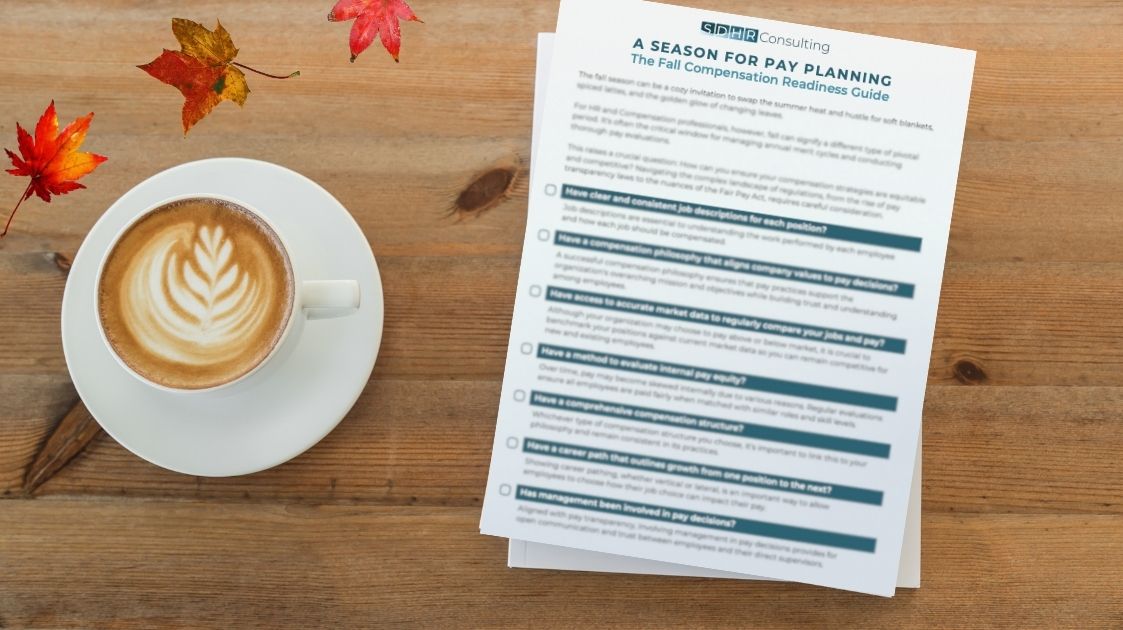
For some small businesses and after much anticipation, their Paycheck Protection Program (PPP) loan has arrived! Yes, it may provide some much-needed relief, but at the same time, might create new and fresh anxiety due to the pressures of assuring the next steps you take fall within the mandatory forgiveness guidelines. A major hurdle may be lingering in your mind – what is the next step and how do I ensure most, if not all the loan money I received is forgiven?
These and many other questions are valid, important and need to be addressed quickly as the timeline for forgiveness potential is based on some very specific (but often hard to interpret) criteria. It is clear that in order for the loan to be forgiven, the amount spent over the next eight (8) weeks has to be on payroll, mortgage interest, rent and utilities, but there is a catch. One, very crucial element that is not to be missed is when the eight (8) week period begins. There was likely some hope that businesses would have flexibility in choosing their 8-week covered period, but unfortunately, this is not the case. The Small Business Association (SBA) has clarified that the 8-week period begins on the date the borrower receives the disbursement of the loan, which for many businesses, would mean receiving funds prior to the stay at home order being lifted.
According to the SBA, the clock starts ticking the moment the funds are disbursed, and therefore, this means businesses who have not reopened or more accurately, can’t reopen will have to either pay their employees to work from home (if feasible) or pay employees to not work. If you laid off/furloughed employees or reduced their wages, it’s imperative you hire/recall them back or reinstate their salary. This is because businesses can only use up to 25% of their loan towards non-payroll costs, such as rent and the other 75% is required to be used towards payroll costs. With the covered period for use of the funds ending on June 30th, how can businesses comply and do all they can to avoid receiving less than the full amount forgiven under the CARES Act?
- To maintain 100% percent forgiveness, businesses need to keep their payroll equal to what it was before February 15, 2020, and have until the end of the PPP “covered period” of June 30th to do so.
- Any employee can be part of the FTE headcount (i.e., newly hired, current or furloughed).
- The amount of loan forgiveness will be reduced if businesses decrease their full-time employee headcount or if they decrease salaries and wages by more than 25% after June 30th (reductions in wages are permissible during the shutdown).
- It has been recommended that businesses open a separate bank account for the PPP Loan funds and draw from that account when making eligible payments such as employee salary, group health care benefits, including insurance premiums, State or local tax assessed on the compensation of employees and other payroll costs.
- Adjust paydays and bills accordingly, remember – “incurred and paid.”
- Documentation is essential – ensure all “payroll costs” and other authorized costs paid during the 8-week period is maintained.
- Do not use the loan to make payments to non-payroll costs of more than 25%.
- In addition to the strong support offered by SDHRC, it can be helpful to have a finance/accounting specialist to assist the company with the intricacies of the documentation and reporting for the PPP. Employers who have relied on these professionals have reported a higher level of success in obtaining and managing the funds.
- Talk to the bank/lender/SBA to discuss your options (hold the funds until the business can re-open, what needs to occur in order for the loan to be forgiven, etc.). Each lender is different and each business has its own set of circumstances. Communication is key!
Although the program was designed to provide relief to businesses and the economy, there are many factors to consider and guidelines to adhere to. Businesses will need to decide what is in their best interest and what course of action to take as there is no “one size fits all” decision to be made. Ultimately, businesses want to thrive and restore during this unprecedented time and the PPP loan may be just what their business needs, but for others, it may lead to an unknown certainty that causes more fear that outweighs any potential benefits.
It is important to remember that loan forgiveness is not promised or guaranteed. The CARES Act states that any borrower who fails to provide a complete forgiveness application will not even be considered for forgiveness.
Enroll in our eShield Hotline services to receive personalized support from our HR Experts on specific questions and concerns that pertain to your unique business. Don’t miss out on our complimentary COVID Basic eShield Hotline service or sign up for our COVID Premium eShield service right now for 50% off your package and discounts on quarterly and annual enrollment.





